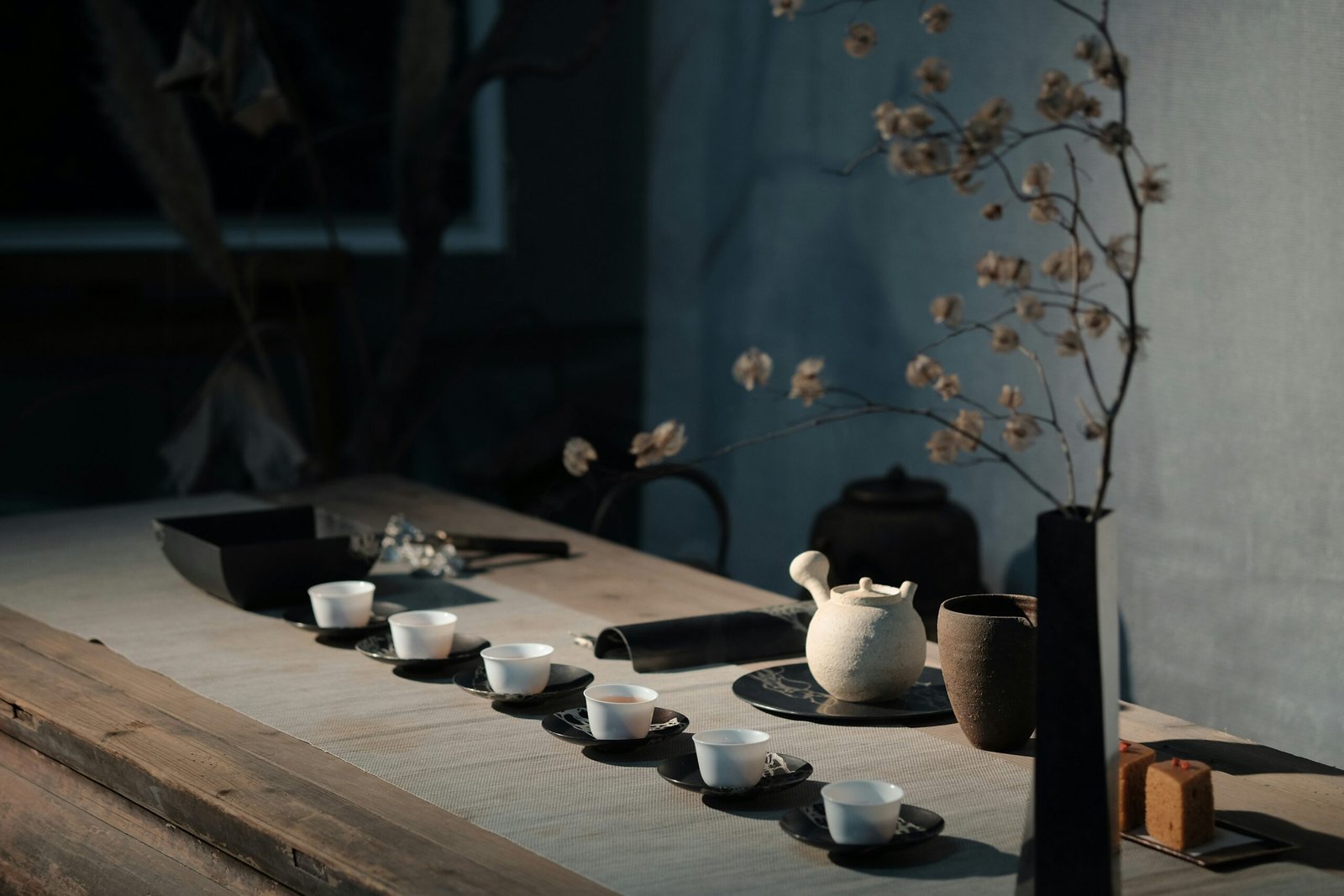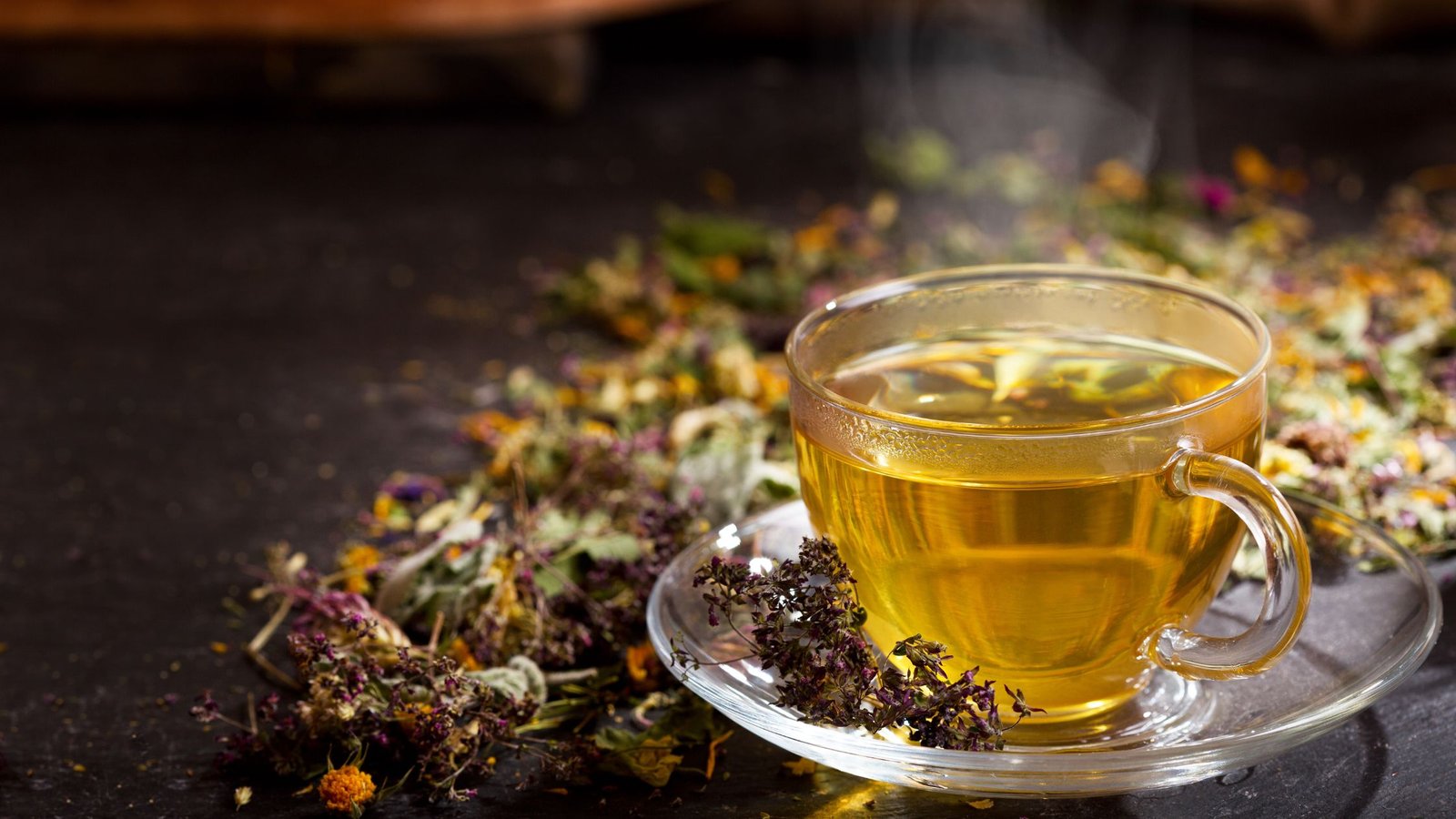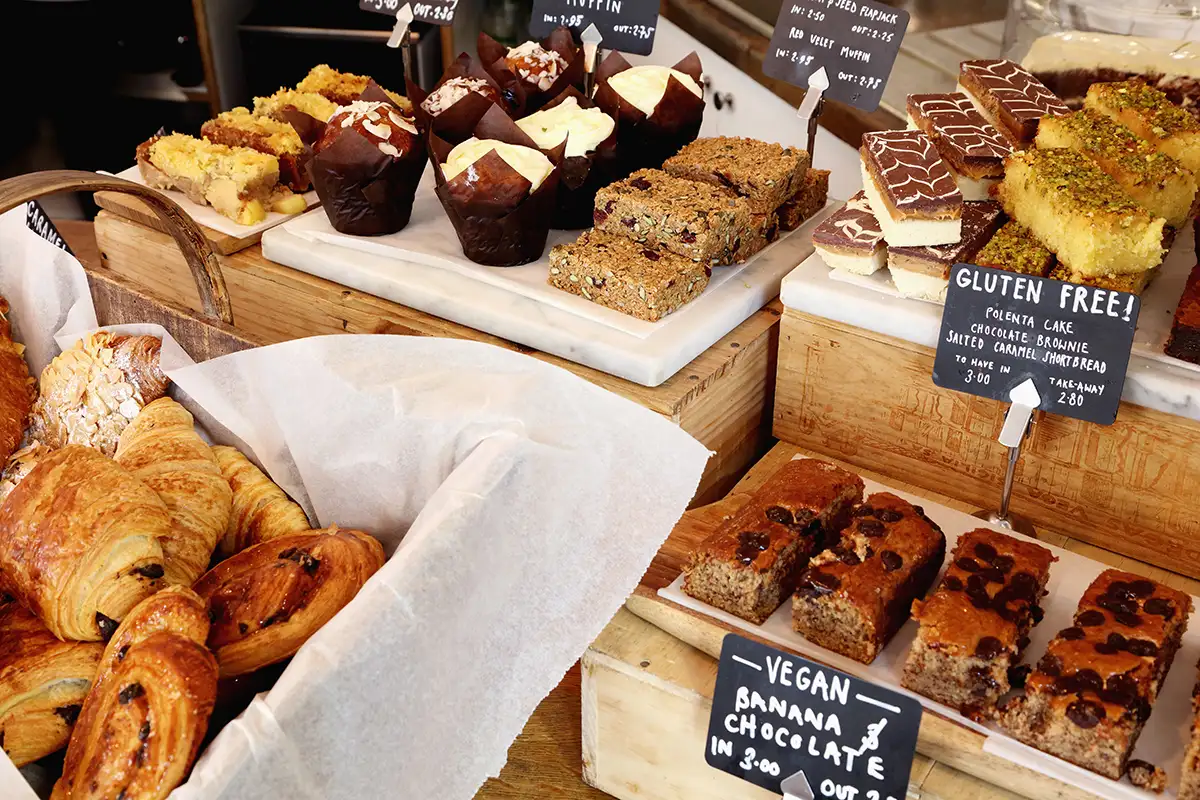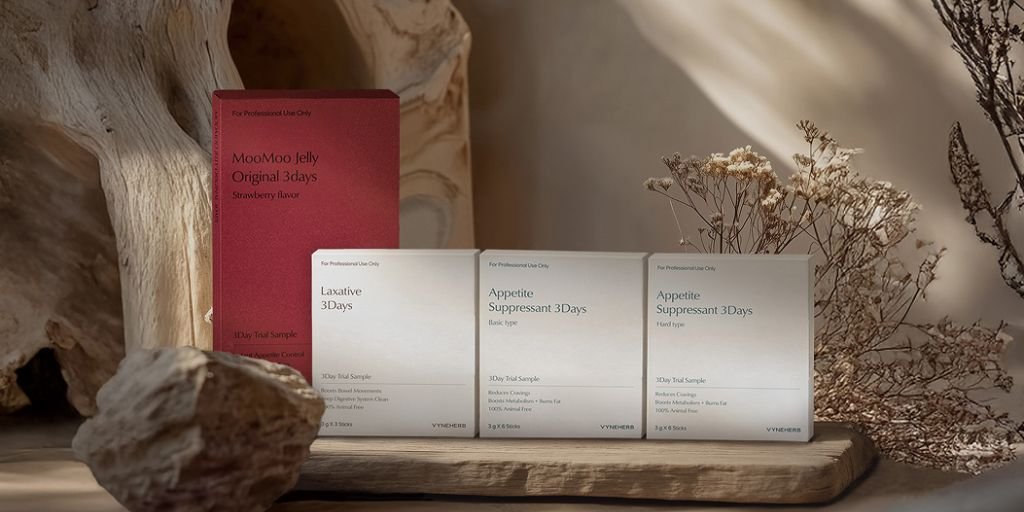Tea Used in Chinese Restaurants Tea holds a profound and multifaceted place in Chinese culture, with its origins tracing Tea Used in Chinese Restaurants back over 5,000 years. The discovery of tea is often attributed to the legendary Emperor Shen Nong, who is said to have encountered tea when leaves accidentally fell into his boiling water. This serendipitous moment laid the foundation for tea’s evolution into a beloved beverage throughout various Chinese dynasties. During the Tang Dynasty (618-907 AD), tea transitioned from a medicinal remedy to a popular drink, symbolizing hospitality and ritual.
The significance of tea within Chinese society cannot be overstated. It has served not only as a beverage but also as an essential element in social gatherings, traditional celebrations, and cultural rituals. The practice of tea drinking evolved into an art form, with the development of intricate tea ceremonies that emphasize aesthetics, mindfulness, and social connection. These rituals often reflect the values of harmony and respect, reinforcing the societal bonds among participants.
Over the centuries, the range of tea types cultivated and consumed in China expanded significantly. Green tea, black tea, oolong tea, and white tea, among others, emerged as popular choices, each with unique flavors, preparation methods, and cultural associations. The diversity in tea varieties is matched by the regional preferences found throughout China—where every province boasts distinctive characteristics in its tea cultivation and brewing practices.
Today, tea remains integral to Chinese life, acting as a familiar and essential accompaniment to meals and social interactions. The beverage continues to symbolize not only hospitality but also a respect for tradition and the beauty of nature. Understanding what is the tea used in Chinese restaurants necessitates a recognition of this rich historical backdrop, reinforcing the beverage’s role as a cultural cornerstone that bridges the past and present.
Types of Tea Commonly Served in Chinese Restaurants
Chinese restaurants often serve a variety of teas that reflect the rich cultural heritage of China. Among these, green tea, black tea, oolong tea, and pu-erh tea are the most common. Each of these varieties offers distinct flavors, preparation methods, and health benefits that cater to different preferences and occasions.
Green tea is frequently a staple in Chinese eateries. Renowned for its light, refreshing taste, this tea is produced by steaming and drying the leaves shortly after harvesting. The result is a vibrant green hue and a delicate flavor profile that can be grassy or mildly sweet. Health-wise, green tea is celebrated for its high antioxidant content, which contributes to overall wellness and can aid in digestion, making it an ideal pairing with savory dishes.
Another prominent option is black tea, which undergoes full oxidation, resulting in a darker color and bolder flavor. In Chinese restaurants, varieties such as Keemun and Lapsang Souchong are often served. The strong, malty notes of black tea complement hearty meals, enhancing the dining experience. Additionally, black tea is known to promote heart health and boost energy levels.
Oolong tea strikes a balance between green and black tea, being semi-oxidized. This tea is celebrated for its complex flavors, which can range from floral and fruity to rich and toasty, depending on the processing method. Oolong tea is not only a tasteful beverage but is also believed to aid in weight management and gastrointestinal health.
Lastly, pu-erh tea stands out due to its unique fermentation process. This tea offers a deep earthy flavor and is often served in restaurants as an after-meal digestif. Its probiotic qualities contribute positively to gut health, making it an excellent choice for those seeking a refreshing conclusion to their meal.
In conclusion, the variety of teas served in Chinese restaurants enhances the culinary experience, offering patrons not just a beverage, but also a connection to traditional Chinese tea culture. The distinct flavors and health benefits of these teas make them a popular choice among diners, reflecting their significance in Chinese gastronomy.
Health Benefits of Drinking Tea
Tea has long been celebrated for its numerous health benefits, making it a staple in Chinese restaurants and homes alike. One of the most significant advantages of drinking tea is its rich antioxidant content. Antioxidants, such as catechins and flavonoids, play a vital role in combating oxidative stress in the body. This process helps reduce the risk of chronic diseases, including heart disease and cancer. Many individuals who frequent Chinese restaurants may not realize that the tea served is not only a pleasant beverage but also a source of these beneficial compounds.
Weight management is another area where the consumption of tea can be beneficial. Certain types of tea, particularly green tea, have been associated with boosting metabolism and enhancing fat oxidation. This makes it a popular choice for those looking to maintain a healthy weight. Research studies suggest that regularly drinking tea may aid in weight loss efforts, further solidifying its status as a favorable drink in restaurants that emphasize health-conscious dining.
Improved digestion is also a benefit linked to tea consumption. Many Chinese restaurants serve varieties like oolong or pu-erh tea, which are believed to aid in digesting fats and relieving feelings of fullness. Traditional Chinese medicine often advocates for these teas due to their purported ability to support gastrointestinal health. Enhanced cardiovascular health is another area where tea may have a positive impact. Various studies indicate that regular tea drinkers may experience lower blood pressure and reduced cholesterol levels, contributing to overall heart health.
In Chinese culture, the medicinal properties of certain teas are highly regarded, and these beliefs influence their popularity in eateries. The traditional view is that drinking tea can help balance the body’s energy and promote well-being. Thus, for patrons seeking an aromatic beverage that offers both enjoyment and health benefits, the tea served in Chinese restaurants serves as an ideal choice. In conclusion, the multifaceted health advantages of drinking tea, combined with its cultural significance, underline its status as a cherished component of the dining experience in Chinese cuisine.
How to Enjoy Tea Like a Local in Chinese Restaurants
To fully appreciate what is the tea used in Chinese restaurants, it is essential to embrace the rich traditions surrounding tea consumption in Chinese dining culture. First and foremost, understanding proper tea etiquette is crucial. When attending a meal at a Chinese restaurant, guests customarily wait for the host to pour the first cup of tea for them. This act symbolizes respect and hospitality. As such, it is polite to reciprocate by pouring tea for others once your own cup is filled.
In addition to etiquette, pairing tea with food can significantly enhance the overall dining experience. For instance, oolong tea complements dishes like dim sum and grilled meats, while jasmine tea pairs beautifully with lighter fare such as seafood and vegetable dishes. In contrast, pu-erh tea is known for its earthy flavor, making it an excellent match for richer meals, such as those featuring pork or duck. By thoughtfully selecting tea that complements specific dishes, diners can further appreciate the flavors and aromas of both the food and the beverage.
Steeping tea correctly is another aspect that contributes to a delightful experience. When brewing what is the tea used in Chinese restaurants, it is often recommended to use water that is just below boiling point. This method preserves the delicate flavors of the leaves. Generally, steeping for 3 to 5 minutes allows tea connoisseurs to enjoy balanced flavors without bitterness. Experimenting with steeping times can also yield different flavor profiles, thereby enriching the overall experience of tea drinking.
Ultimately, enjoying tea in a Chinese restaurant is about embracing the culture, being mindful of etiquette, and appreciating the intricate relationship between food and tea. By engaging fully in these practices, one can truly savor the art of tea during dining experiences.














Leave a Reply